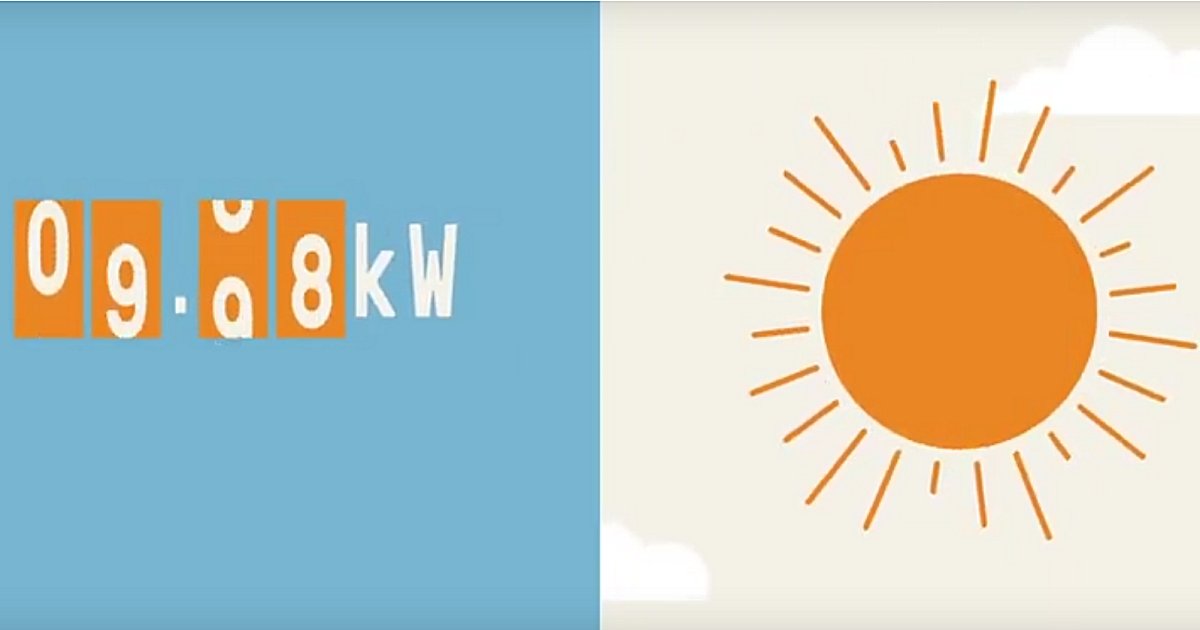A working group comprised of various energy and consumer bodies has released a report on the role of Dynamic Operating Envelopes (DOEs) in Australia’s future power system.
The Australian Renewable Energy Agency’s (ARENA’s) Distributed Energy Integration Program (DEIP) is a collaboration of agencies, bodies and associations looking at maximising the value of distributed energy resources (DER) such as solar power and battery storage for the benefit of all energy users in Australia.
A report has been drafted by the DEIP Dynamic Operating Envelopes Working Group to inform ongoing and future considerations regarding the implementation and use of DOEs.
What Is A Dynamic Operating Envelope?
As more solar is installed on the rooftops of homes and businesses across Australia, challenges are occurring in some areas where there can be too much of a good thing. Solar energy export levels can be so high at certain times of the day the stability of the local electricity network is threatened.
Among the blunt tools used to address the issue have been low or even zero export limits for solar systems, and in some extreme cases not permitting new solar to be installed at all. Another tool is remote disconnect/reconnect, which is also rather ham-fisted and is a last-resort action. This has been introduced in South Australia for new solar systems connecting to the grid and also more recently in Western Australia.
A more elegant tool is the Dynamic Operating Envelope, aka flexible or dynamic exports; achieved with the use of smart inverters.
The Working Group has adopted the following as a tidy definition of DOEs
“Dynamic operating envelopes vary import and export limits over time and location based on the available capacity of the local network or power system as a whole.”
It uses the analogy of a variable speed limit in a school zone depending on the time of the day; as opposed to a single low-speed limit at all times – including periods where higher speeds could occur without comprising safety.
The use of DOEs can allow the electricity network to support greater levels of solar electricity exports and provide for higher levels of solar to be installed within a given area; resulting in more equitable access to the bill-busting and emissions-reduction benefits solar power systems offer. There are also benefits for the broader community – enabling a higher overall level of solar exports puts more downward pressure on wholesale electricity prices.
Other benefits of Dynamic Operating Envelopes include:
- Reducing the need for networks to invest in costly infrastructure upgrades.
- Creating a more resilient and “future-proof” grid.
- Sending efficient signals to customers to shift their energy demand to times of surplus solar energy.
- Allowing home batteries and EVs (through V2G) to better capture value from frequency control markets and during high cost ramping events.
Basic flexible solar export trials are already occurring – for example, SA Power Networks (SAPN) has made flexible exports available to new and upgrading solar customers connecting to significantly congested parts of its network since September last year. After the trial has completed, SAPN plans to make dynamic exports a standard connection offer for all new and upgrading customers.
Dynamic Operating Envelope Recommendations
The Working Group has come up with 27 recommendations; among them:
- DOEs do not need to be mandated. Distributed Network Service Providers (DNSPs) will implement them as necessary, as it’s in their interests to.
- A “social licence” is needed. DNSPs and regulators should provide accessible information using appropriate language for consumers on the purposes and benefits of DOEs in order to achieve successful rollouts. Solar retailers and installers will also play an important role in this.
- Choice – consumers should have the ability to opt in or out of a Dynamic Operating Envelope arrangement, understanding that opting out may result in a lower static solar export limit.
- Nationally consistent approaches to reduce costs and simplify participation for consumers and industry stakeholders, plus nationally consistent device fall-back behaviour on loss of communications.
- DOE to be the default at the point of connection – but as mentioned, with the opt-out option
- A 5-minute interval duration is efficient in capturing greater value from market volatility and to increase supplies at times of resources scarcity.
- Consumers should have easy access to data on their DOE performance
The DEIP Dynamic Operating Envelopes Working Group’s full Outcomes Report can be accessed here.


 RSS - Posts
RSS - Posts



Speak Your Mind